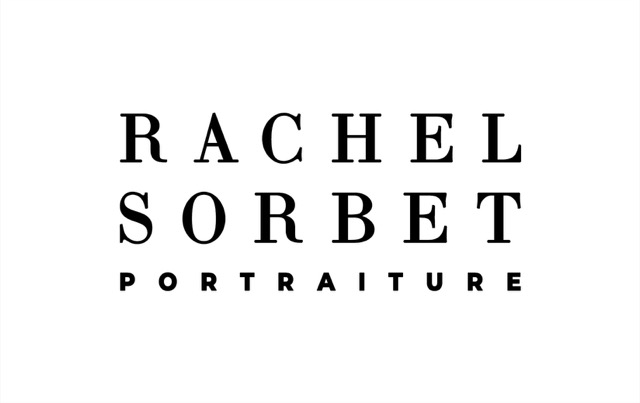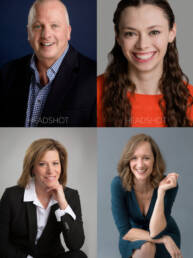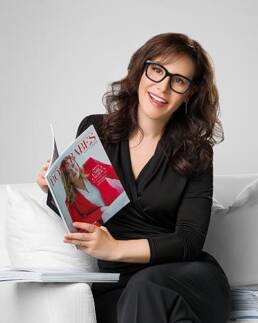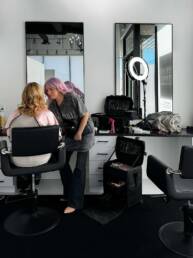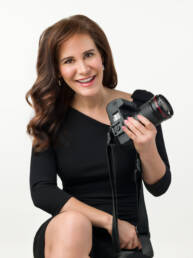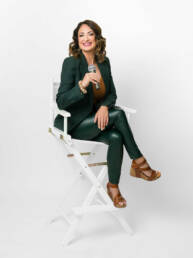Share this article on social!
Want to be featured next?
Hello, I’m Rachel Sorbet, a portrait photographer in Denver and founder of Boss Babes Magazine. As a women’s business portrait specialist, I found myself being inspired by the career journeys of the women I photographed. My desire to spotlight these incredible women and share their wisdom with the world led me to create this magazine. The publication is a celebration of driven women, their grit, grace, and determination and all career-oriented women are encouraged to apply to be featured.

